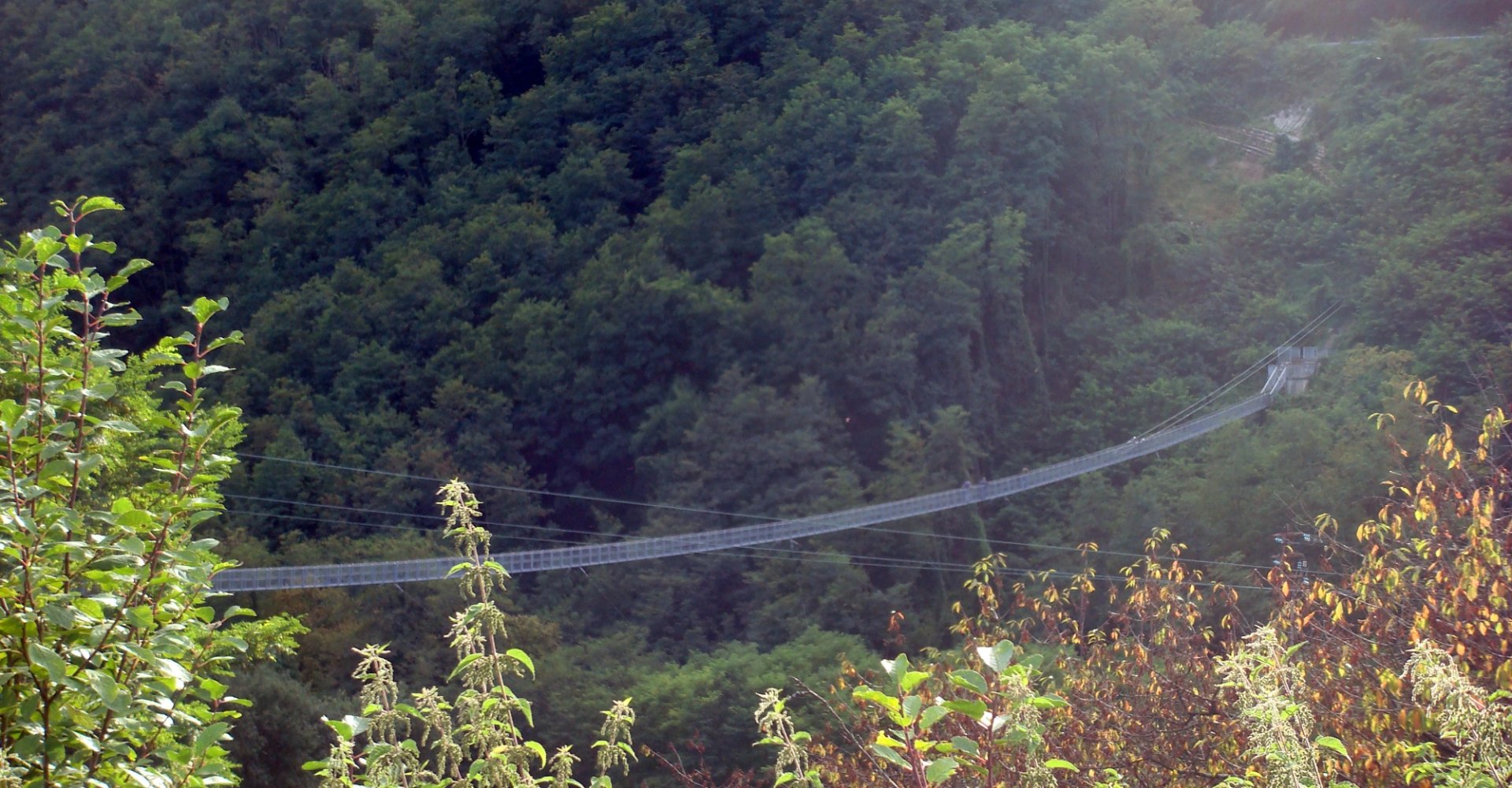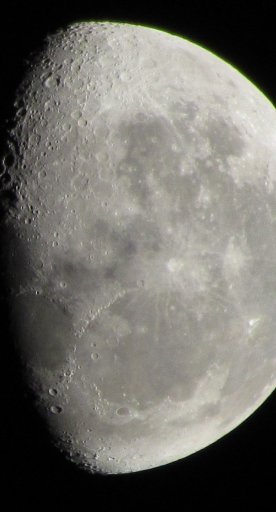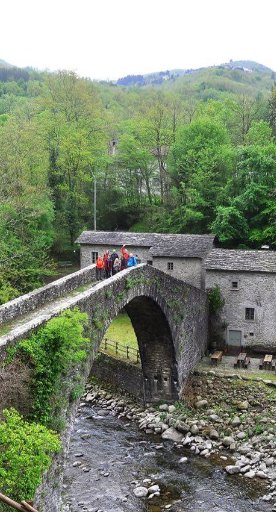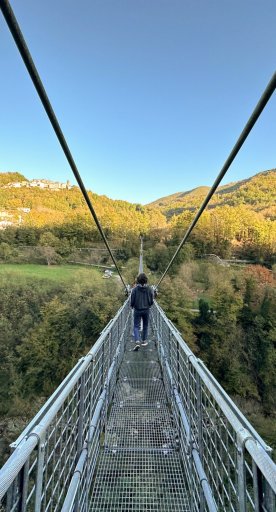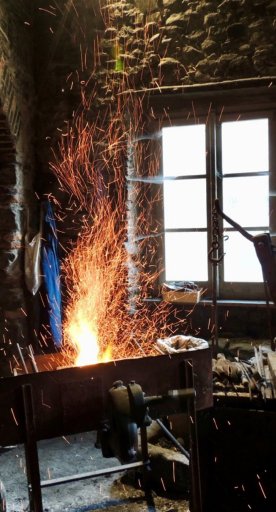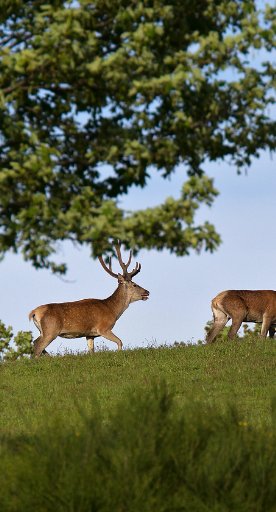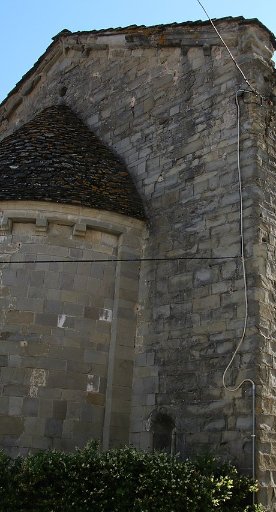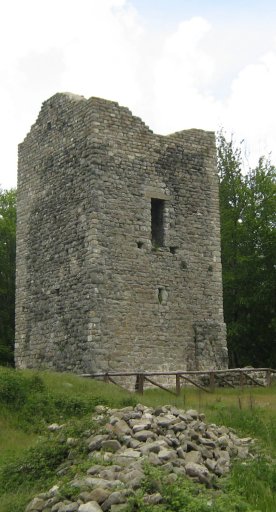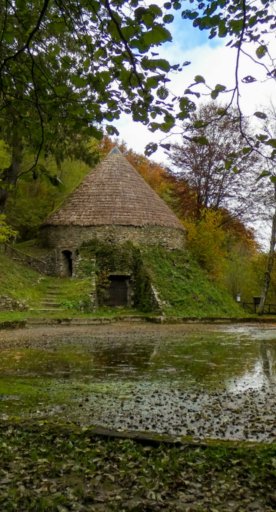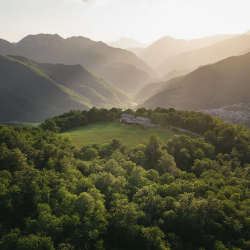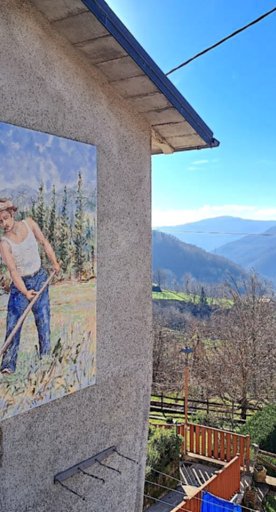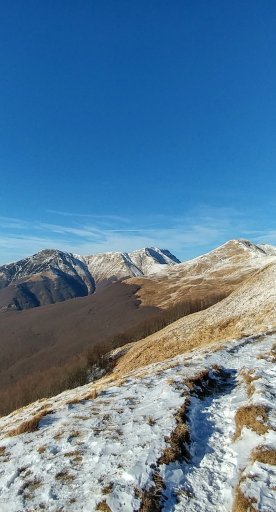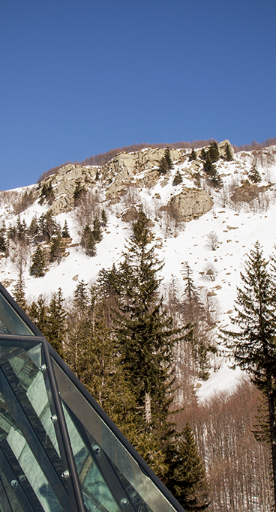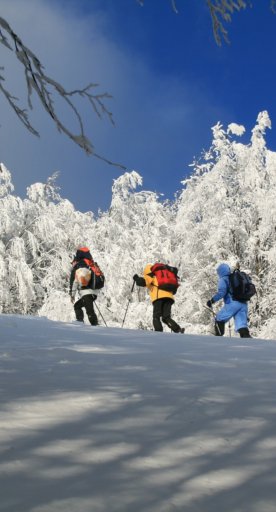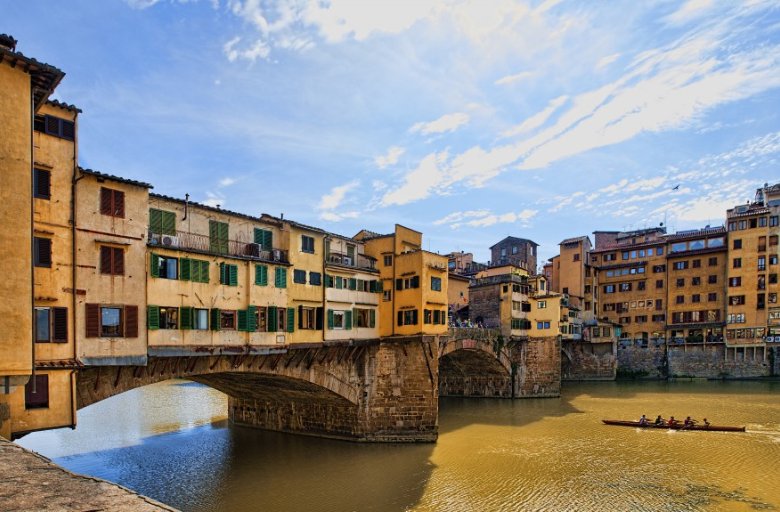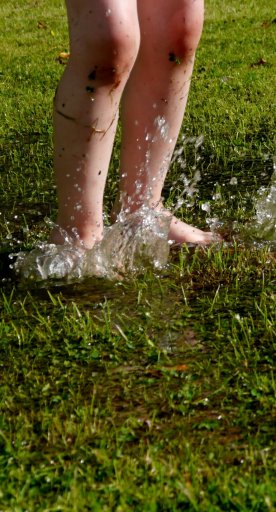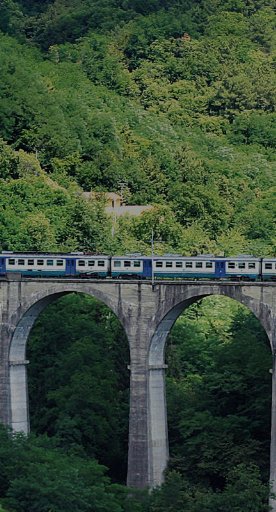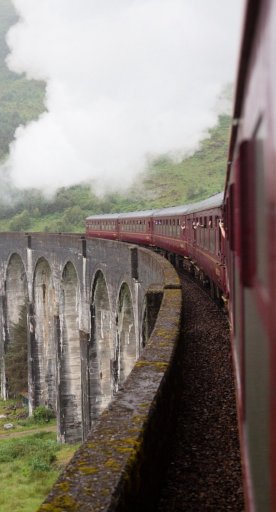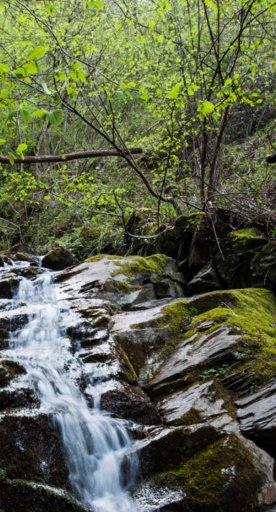San Marcello Piteglio
Among small villages and paths in the heart of the Pistoia mountains
The area of San Marcello Piteglio is one of the most charming areas of the Pistoia Mountains and is particularly popular in the summer months due to its cool and dry climate. The chestnut forests alternate with extensive beech woods covering the slopes of the mountains, whose valleys are crossed by clear, rushing streams that are ideal for water sports.
The gentle gradients of these hills are perfect for long walks in the countryside, horseback riding or mountain biking: following the clear instructions of the map with paths traced by the Italian Alpine Club, the ridges are easily reached.
In 2017, San Marcello became the capital of the municipality of San Marcello Piteglio, formed after the fusion between the municipalities of San Marcello Pistoiese and Piteglio.
What to see in San Marcello Piteglio
Some of the most interesting itineraries of the Pistoia Mountains Ecomuseum pass through this area, allowing you to discover the culture, nature and rich traditions of the Apennines.
There are many places to explore, each with their own unique characteristics and history. Among these is Popiglio, the extraordinary parish church of Santa Maria Assunta, the Diocesan Museum of Sacred Art and its towers, the remains of a historic medieval fortress.
Mammiano is where one of the main attractions of the area is located: the Ferriere suspension bridge, a pedestrian walkway that connects Mammiano Basso and Popiglio, built with structures that rest on four steel cables. It's 227 meters long and up until 2006, held the title of the longest pedestrian suspension bridge in the world.
In Gavinana, you can admire the Parish Church of Santa Maria Assunta, with its incredible organ. In Maresca, you can visit the Papini ironworks, one of the oldest ironworks in Tuscany, and in Campo Tizzoro you'll find the SMI Museum and Refuges in Campo Tizzoro with its intriguing underground shelters.
Pian de 'Termini, 3km from Gavinana, grants you a panoramic viewpoint over the valley featuring the Limestre stream and the Apennine chain. Here, you can find the Pistoia Mountains Astronomical Observatory and the Parco delle Stelle, an educational scientific garden with large artistic installations that explore our Solar System.
Immersed in the territory of the municipality, the Oasi Dynamo di Limestre, affiliated to the WWF, extends for about 900 hectares. Here, conservation, management and enjoyment of the environment as well as social activism develop and coexist.
Some of the most interesting itineraries of the Pistoia Mountains Ecomuseum pass through this area, allowing you to discover the culture, nature and rich traditions of the Apennines.
There are many places to explore, each with their own unique characteristics and history. Among these is Popiglio, the extraordinary parish church of Santa Maria Assunta, the Diocesan Museum of Sacred Art and its towers, the remains of a historic medieval fortress.
Mammiano is where one of the main attractions of the area is located: the Ferriere suspension bridge, a pedestrian walkway that connects Mammiano Basso and Popiglio, built with structures that rest on four steel cables. It's 227 meters long and up until 2006, held the title of the longest pedestrian suspension bridge in the world.
In Gavinana, you can admire the Parish Church of Santa Maria Assunta, with its incredible organ. In Maresca, you can visit the Papini ironworks, one of the oldest ironworks in Tuscany, and in Campo Tizzoro you'll find the SMI Museum and Refuges in Campo Tizzoro with its intriguing underground shelters.
Pian de 'Termini, 3km from Gavinana, grants you a panoramic viewpoint over the valley featuring the Limestre stream and the Apennine chain. Here, you can find the Pistoia Mountains Astronomical Observatory and the Parco delle Stelle, an educational scientific garden with large artistic installations that explore our Solar System.
Immersed in the territory of the municipality, the Oasi Dynamo di Limestre, affiliated to the WWF, extends for about 900 hectares. Here, conservation, management and enjoyment of the environment as well as social activism develop and coexist.
Typical dishes and produce
An essential part of the local cuisine of the Pistoia Mountains is Chestnut Flour. The product is ideal for the preparation of necci, castagnaccio, sweet polenta, manufatoli and frittelle.
Mushrooms, another of the area’s typical products, are particularly abundant in autumn and are prepared in various ways, forming the basis of many tasty dishes.
In any trattoria or farm you can try the dairy products and, most importantly, the pecorino a latte crudo, for which the brand and the presidium of the Pistoia Mountains has been established.
An essential part of the local cuisine of the Pistoia Mountains is Chestnut Flour. The product is ideal for the preparation of necci, castagnaccio, sweet polenta, manufatoli and frittelle.
Mushrooms, another of the area’s typical products, are particularly abundant in autumn and are prepared in various ways, forming the basis of many tasty dishes.
In any trattoria or farm you can try the dairy products and, most importantly, the pecorino a latte crudo, for which the brand and the presidium of the Pistoia Mountains has been established.
